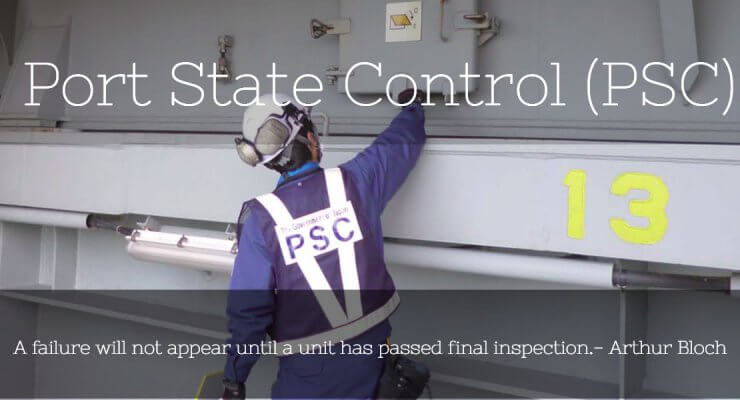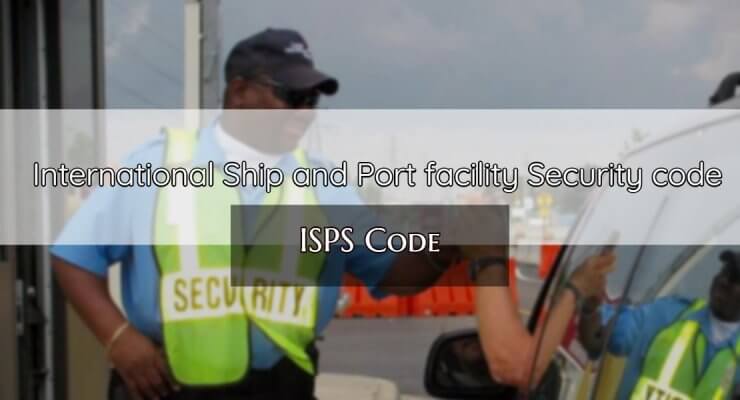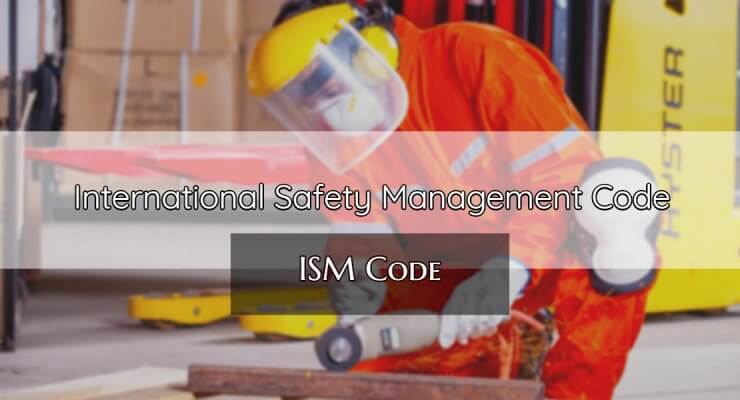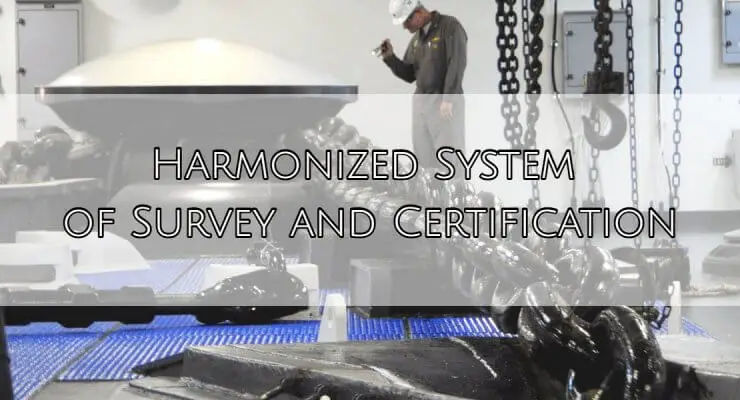Port State Control (PSC) is the inspection of foreign ships present in a nation's port for the purpose of verifying that the condition of the ships and their equipment comply with the provisions of international conventions and codes and that the ships are manned and operated in compliance with those provisions.Many of IMO's most important technical conventions contain provisions for ships to be inspected when they visit foreign ports to ensure that they meet IMO requirements.These inspections were originally intended to be a back up to flag State implementation, but experience has … [Read more...]
Archives for March 2017
ISPS code – A measure to enhance the security of Ships and Port facilities
Purpose The International Maritime Organization (IMO) states that "The International Ship and Port Facility Security Code (ISPS Code) is a comprehensive set of measures to enhance the security of ships and port facilities, developed in response to the perceived threats to ships and port facilities in the wake of the 9/11 attacks in the United States" (IMO).SOLAS chapter XI-2 part A and part B relates to special measures to enhance maritime security. In this context, the principles behind ISPS code is similar to the ISM code on board. ISPS code emphasizes the security of the persons on … [Read more...]
ISM Code – All you should know about International Safety Management Code
ISM code is International Safety Management code for the safe operation of ships and for pollution prevention, as adopted by IMO assembly. The basic principles of the ISM codeSafety of people on board Safety of the ship and cargo Safety of environmentThe Code establishes safety management objectives and requires a safety management system (SMS) to be established by "the Company", which is defined as the shipowner or any person, such as the manager or bareboat charterer, who has assumed responsibility for operating the ship. The Company is then required to establish and … [Read more...]
Harmonized System of Survey and Certification (HSSC)
A harmonized system of survey and certification covering international shipping regulations adopted by the International Maritime Organization enters into force on 3 February 2000. It harmonizes survey procedures and survey dates for all major ship certificates, instead of having different survey procedures and dates for certificates under different conventions.Harmonized System of Survey and Certification (HSSC) was brought about with the sole objective of simplifying and systemizing the survey and certification of ships. This will ensure that survey works will not be duplicated e.g. … [Read more...]



